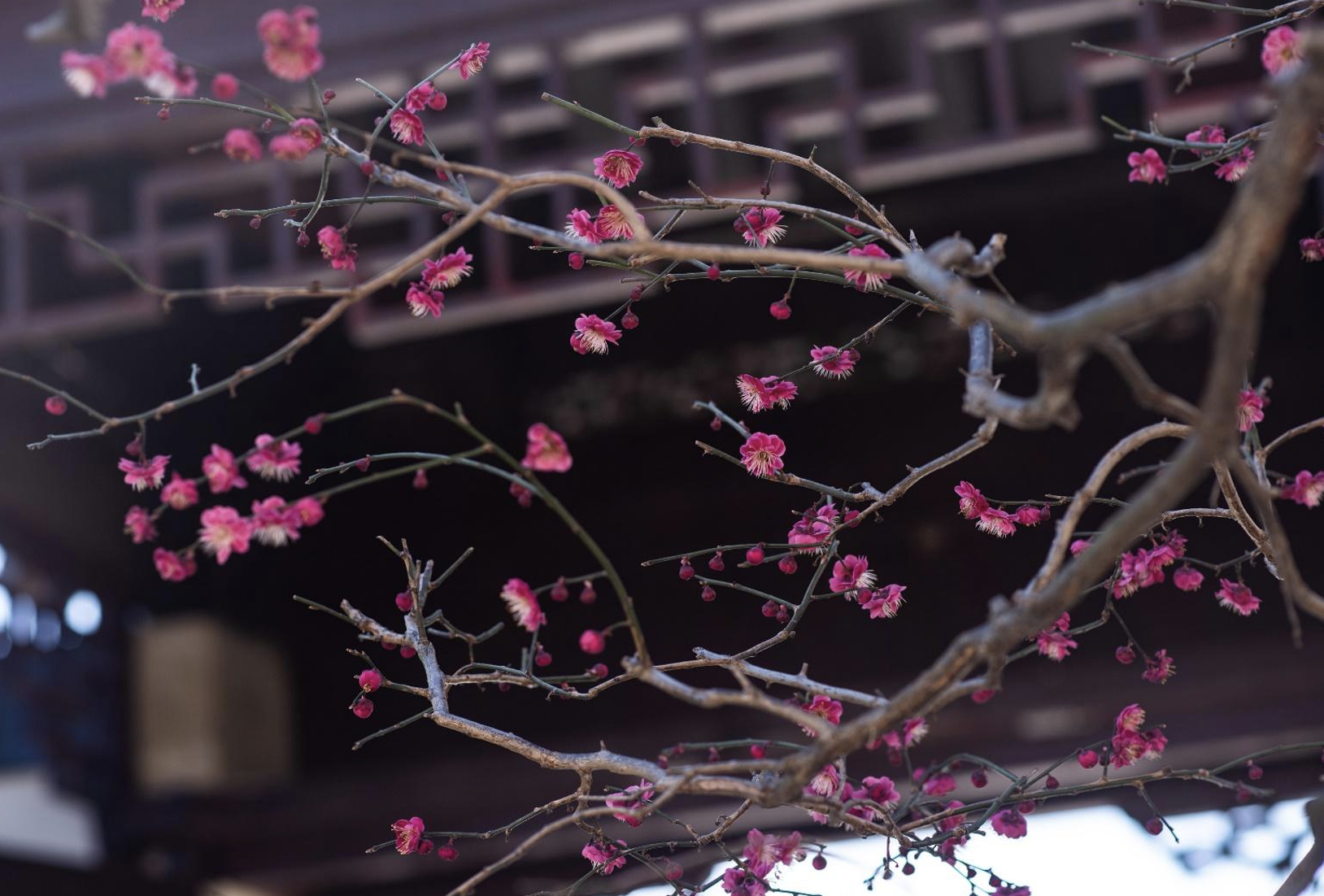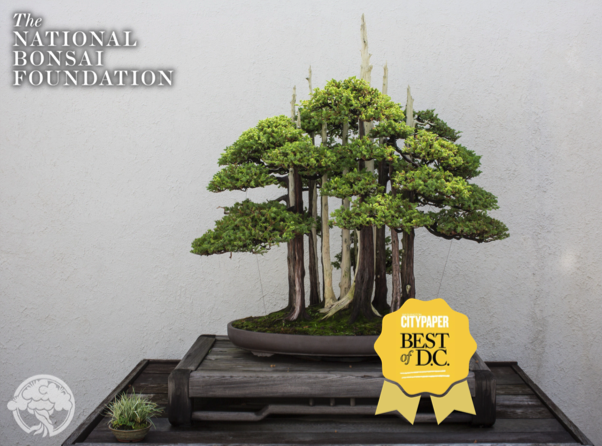Daniel F. Angelucci, CIMA®
Secretary/Treasurer-Elect (2022 – 2024)
Dan Angelucci joined Merrill Lynch in 1987 and became part of The Locniskar Group in 1990 with more than 30 years of wealth management experience. The Locniskar Group joined the Merrill Lynch Private Bank and Investment Group in 2000. Dan focused on equity trading, concentrated stock strategies, philanthropic planning, creating retirement strategies, and providing personalized investment advice and guidance. He was granted the Certified Investment Management Analyst (CIMA) designation in 2008 through the Wharton Business School and is an active member of the Investment and Wealth Institute.
Dan has served on the board of directors of the Detroit Symphony Orchestra (Finance Committee, Pension Advisory Committee) and has been on the board of the National Bonsai Foundation since 2018 and as Chair-Elect since 2020. He is currently a member of the American Bonsai Society, Ann Arbor Bonsai Society of Michigan, and Pittsburgh Bonsai Society. He has practiced the art of bonsai for 36 years. He, also, served as Past-President of the Board of Directors of the Gowanie Golf Club and as a member for seven years. Dan and his wife, Rose, reside in Pittsburgh, PA. He has served on the board since 2018.
Milton Chang, PhD (2020-2023)
Milton Chang, PhD, has been an avid bonsai hobbyist since 1975, initially under the tutelage of Harry Hirao and later briefly under John Naka, when he was inducted into the California Bonsai Society. He broadened his perspective on bonsai through travel in Japan, China, Europe, and the United States. Milton’s collection is comprised of 100 trees, most of which he created from raw material.
Milton is an engineer, entrepreneur, and author of Toward Entrepreneurship. He was the CEO of two companies, which he built and led to successful initial public offerings. In addition, he has incubated over a dozen companies to successful exits. Milton has been active in professional societies and is a fellow of both the IEEE and the Optical Society of America (OSA). He has been on the boards of several private and public companies and served on the advisory boards of governmental agencies including the NIST and the SEC. He is a trustee of Caltech. His full bio can be found at www.miltonchang.com.
Chris Cochrane (1998-2025)
Chris Cochrane’s interest in bonsai began through the study of Eastern religions as his undergraduate major at the University of Virginia. He also holds a Master's degree in Public Administration. In 1988, the Richmond Bonsai Society (RBS) forever changed and challenged his appreciation of trees in miniature. Chris became secretary of RBS and later served as treasurer and president. In the early 1990s, he was an active participant on a listserv group that led to the formation of the Internet Bonsai Club (IBC). Discussion of stones on the IBC led to the formation of the Viewing Stone (web) Mail List (VSL, 1996-98) that Chris co-chaired. The VSL merged into a re-formulated IBC when it became a website discussion forum. He has served as a moderator (focusing especially on the "Stone Forum") on the IBC since it replaced the VSL.
In 1998, Chris joined the National Bonsai Foundation (NBF) as Secretary to the Board and helped construct the first NBF website. For a year (2003-04), Chris studied bonsai & suiseki in Japan at the garden studio of Kunio Kobayashi. In 1999, Chris became one of the founders of Potomac Viewing Stone Group (PVSG), a Potomac Bonsai Association club. Since 2005, he has served as president of PVSG. He has co-designed each annual exhibition for PVSG at the US National Arboretum. Chris is the Webmail Correspondent for California Aiseki Kai. He maintains a personal collection of bonsai as well as viewing and garden stones.
In 1999, Chris became one of the founders of Potomac Viewing Stone Group (PVSG), a Potomac Bonsai Association Club. Since 2005, he has served as president of the PVSG. He’s noted for co-designing the annual exhibitions for PVSG at the US National Arboretum. Chris proudly maintains a personal collection of bonsai as well as viewing and garden stones. Chris and his wife, Susan, reside in Glenn Allen, VA.
Charles Croft (Began term in 2018)
Charles (Chuck) Croft is a retired U.S. Air Force veteran, IT program manager, and consultant. He became peripherally interested in bonsai at the Brussels World’s Fair as an Air Force dependent but did not have the time or opportunity to pursue it as a hobby until the early 1990s. Chuck took up bonsai as a hobby in 1990 as a way to relax during a very high-pressure job situation and quickly became addicted. He was able to volunteer occasionally at the U.S. National Arboretum’s Bonsai and Penjing Museum until his retirement in 2007, which allowed him to then volunteer regularly.
During this journey, Chuck served as the President of the Northern Virginia Bonsai Society (NVBS) twice. He served as President of the Potomac Bonsai Association (PBA) four times and is currently serving in this role. He’s been serving in this capacity since 2018. He has also taught at various local club meetings, working as a mentor through in-person study groups and workshops at Merrifield Garden Center in Northern Virginia.
The PBA where Chuck has served as president since 2018 is an umbrella group consisting of local member clubs throughout Washington DC, Maryland, and Virginia. Each of the clubs under PBA is focused on bonsai or, in one case, viewing stones. The purpose of PBA is to provide Bonsai-related educational resources and community-building opportunities by connecting mentors with bonsai practitioners at all levels. The PBA makes it possible for their member clubs to have access to great speakers, teachers, and useful resources consistently. They also allow members of one local club to attend another club’s meetings without the requirement of joining multiple clubs. Chuck and his wife, Verna reside in Burke, VA.
Julie Crudele (2014-2025)
Julie Crudele is an experienced fundraising and marketing professional with expertise in international development, environmental organizations, and national nonprofits undertaking capital campaigns and ambitious fundraising efforts. She recently concluded her tenure of almost 20 years as a partner consultant with Capacity Partners, based in Bethesda, MD.
Before that, she was the vice president of development and communications at CEDPA where she raised international funds for programs for women and girls. Other positions include executive vice president of the Jane Goodall Institute and vice president of communications and development at University Circle, Cleveland, plus many more. She is active in the Annapolis community and is a Board Member of Annapolis Green, Chairs the Events Logistics Committee for Anne Arundel Women Giving Together, and has been a member of the board of the National Bonsai Foundation since 2014. She has earned two master’s degrees from Case Western Reserve University in International Health and Medical Anthropology.
Mark Fields (Began term in 2018)
Mark Fields began his lifelong passion for the art of bonsai in 1968 at the age of nine. Since then he has learned from more than 60 bonsai artists from all over the globe. Over the years, has attended all but a few of Brussel’s Rendezvous. He is a past two-term president of the Indianapolis Bonsai Club and is currently the president of the American Bonsai Society.
His desire for more formal bonsai training led him to Europe. There he studied with Danny Use at Ginkgo Bonsai Nursery, located in Laarne, Belgium, in 2004, 2005, and again in 2009. It was there that he learned more about the horticultural aspects of bonsai.
Bjorn Bjorholm, a bonsai professional who was certified by the Nippon Bonsai Association, has taught at Mark’s nursey, Bonsai by Fields, LLC, located in Greenwood, Indiana, annually. Mark considers Bjorn to be his sensei. Bjorn urged Mark to study in Japan and in 2013 he traveled there where he visited several bonsai nurseries, including many of the nurseries in the Omiya Bonsai Village, Kyoto, and Osaka.
Mark also attended the 33rd Taikan-ten Bonsai Exhibition and the World Bonsai Exhibition in Saitama City, Japan, in May of 2017.
At Keichi Fujikawa’s Osaka bonsai nursery, Kouka-en, where Bjorn was a resident bonsai artist, he made arrangements to return to study at Fujikawa’s International School of Bonsai, where he studied for five weeks, in January and February of 2015. He received his certificate, for completing his studies there, in February 2015. It was during that trip that he attended the Gafu-ten Bonsai Exhibition in Kyoto and the 89thKokufu-ten Bonsai Exhibition in Tokyo. In April 2017, he returned to Japan to attend the 2017 World Bonsai Convention, held in Saitama City, Japan, as a guest. Mark built a new bonsai studio in 2018 and travels all over the Midwest where he teaches, lectures, vends, judges, and exhibits. He has served as an ex-officio member of the board of the NBF since 2018.
Carl Morimoto, PhD (2006-2024)
Carl Morimoto’s involvement with bonsai started in the early 1990s as a support role when his wife Helen started bonsai as a hobby. However, his interest piqued when he went to collect California Juniper with Harry Hirao in the mountains of Mojave, CA. Since then, he served for over nine years as editor/publisher for the Golden State Bonsai Federation’s bimonthly publication. He has been serving as a member of the board of NBF since 2006 (serving as Vice President from 2011 to 2020) and is currently a member of four local bonsai clubs.
Carl was born in Hiroshima to Hawaii-born parents. He immigrated to Hawaii in 1957 after completing middle school in Japan. After completing his doctorate in physical chemistry in Seattle, he moved to Michigan and Texas to continue some research work. Carl moved to California in 1975 and eventually retired from GE Nuclear Energy working on a safety instrument system development for nuclear power stations. Carl and his wife, Helen, reside in San Jose, CA.
Deborah Rose, BA MPH, SM, PhD (2004-2025)
Deborah Rose is a chronic disease epidemiologist with an interest in psychosocial epidemiology, demography, environmental health, and sustainable development. She has spent over 20 years designing and analyzing data from the US National Health Interview Survey focusing on 1990 Health Objectives, Healthy People 2010, tobacco use, Hispanic health, and advising the Ministries of Health of Hungary, Mexico, and Taiwan on best practices for their health interview surveys. She also was the first to advise the National Health Interview Survey of Mexico asking Mexican women about breast cancer screening practices. The resulting module uncovered the previously hidden epidemic of female breast cancer in that country.
Two of her projects were (1) co-chairing a conference on the formulation, assignment, protection, and use of national identification number systems, held at Harvard in November 2015 and (2) working with the University of Cape Coast, the Yale Alumni Service Corps, and the community of Yamoransa, Ghana, to bring computing, clean water, and sanitation to this crossroads village. In this capacity, she is enstooled as Nana Abena Nkosuo Hemaa (Queen Mother for Development). Deborah has a BA, MPH, and PhD from Yale University, and an SM in Population Studies from the Harvard TH Chan School of Public Health.
She has spent more than 20 years developing and analyzing data from the U.S. National Health Interview Survey. She focused on tracking progress toward U.S. health goals between 1990 and 2010, with an emphasis on monitoring tobacco use in the U.S. and health disparities among Hispanics.
Deborah has advised the Ministries of Health of Hungary, Mexico, and Taiwan on best practices for their health interview surveys. Rose is currently working with partners at Yale, the University of Cape Coast in Ghana, the Ministries of Education and Health of Ghana, and the Yamoransa Community Development Committee in an ongoing collaboration to enhance opportunities for computing, education, clean water, sanitation, and local health care for the people of the village of Yamoransa and the surrounding communities. At Harvard, she spearheaded an international conference on “21st Century Identification Systems,” which has become an ongoing project, in collaboration with colleagues at the FXB Center for Health and Human Rights.
Stephen Voss (2018-2024)
Stephen Voss is an internationally recognized photographer based in Washington, DC. His clients include CNN, Time, Vanity Fair, Salesforce, and Audi. His work has been exhibited worldwide and is in the permanent collection of the Library of Congress. Stephen has been interviewed by the BBC, National Geographic, and Slate and writes regularly about photography. He has served as a member of the board of directors of the NBF since 2018. Stephen resides with his wife, Charlene Kannankeril, and family in Washington, DC.

























